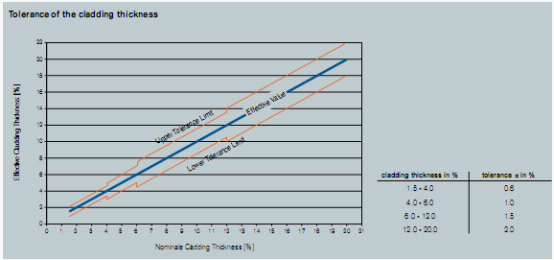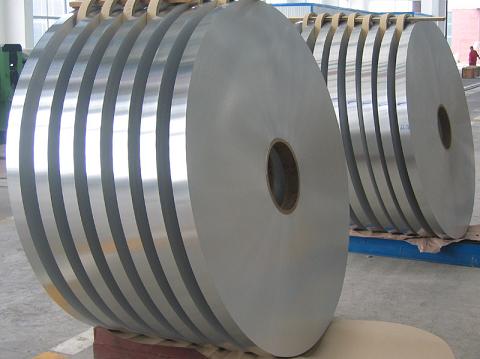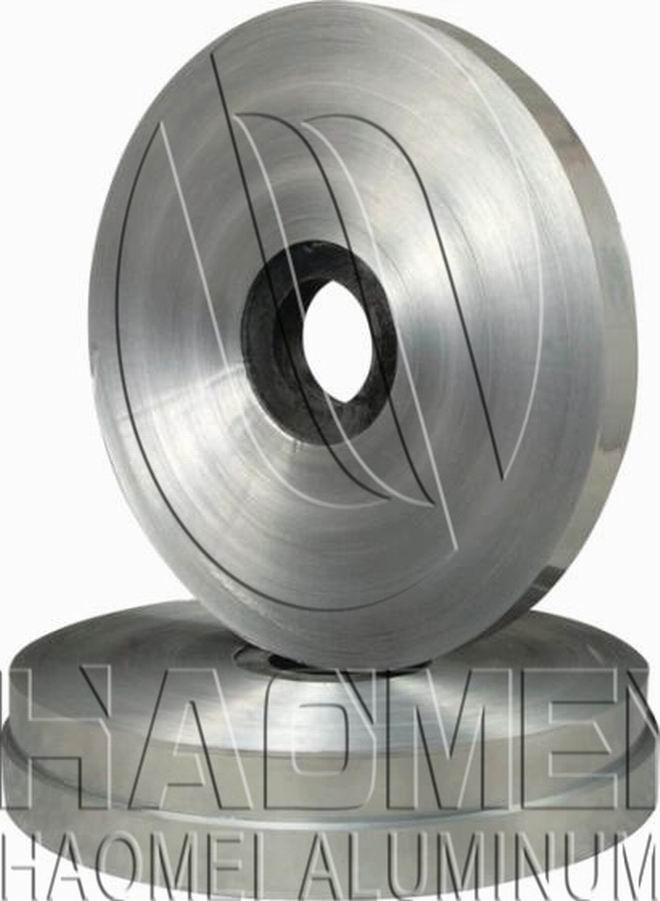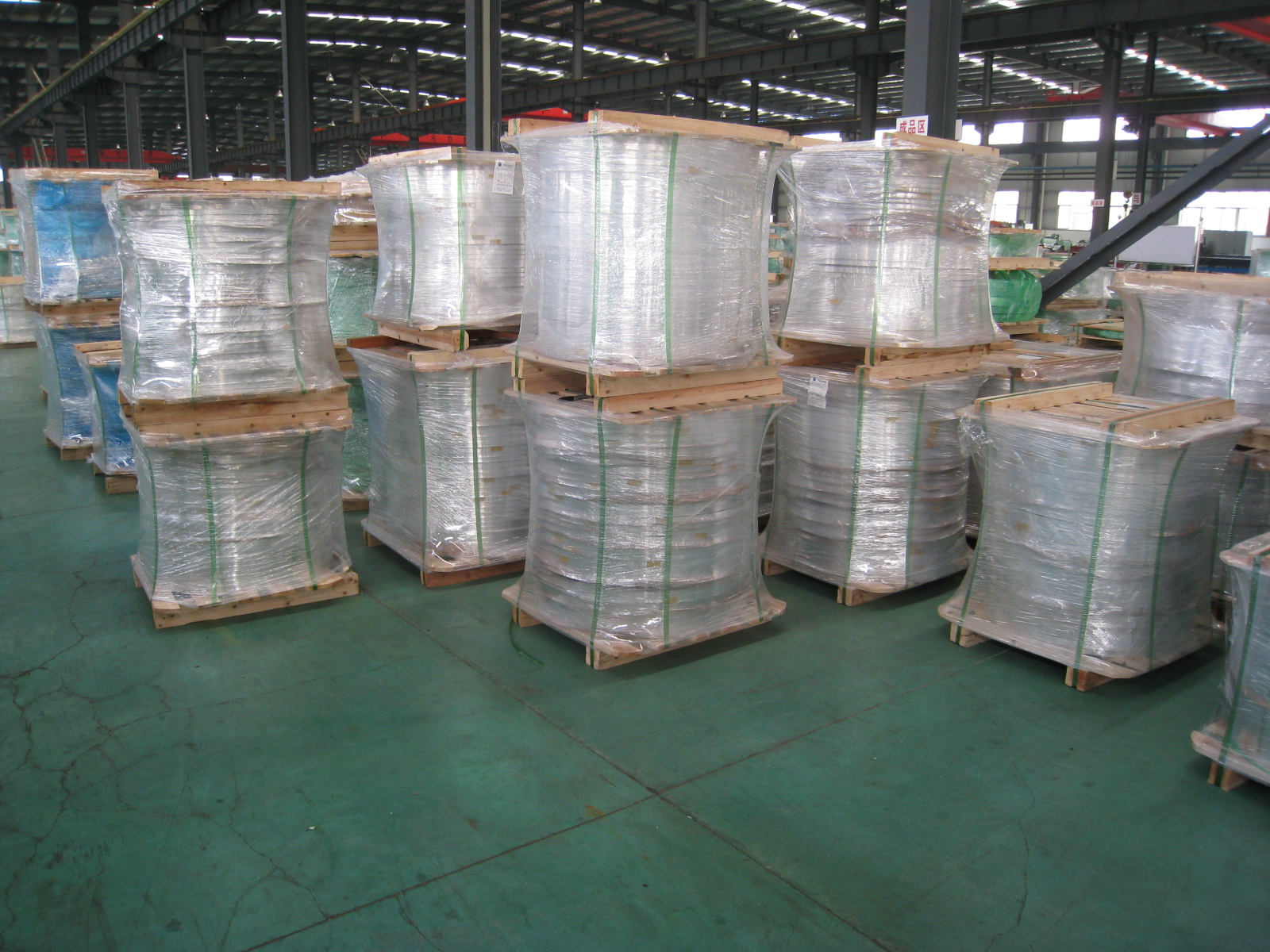About aluminium brazing
Brazing is a metal joining method which provides a permanent bond between the parts joined with the help of a brazing filler metal.
The composition of the liner-alloy is such that its melting point is slightly below the melting range of the core alloy.
Brazing material is going to be joined mainly with finstock (either unclad or clad) or tubes (either extruded or welded from rolled aluminium).
Brazing is done at about 600 degrees Celsius.
The cladding can be on one or both sides and comprises 2-17 % of the thickness on each side.
Brazed aluminium heat exchangers have been increasingly introduced to the automotive industry. Examples include automotive radiators, condensers, evaporators, heat cores, oil coolers, transmission oil coolers, air charge coolers, and fuel-cooling systems.
Advantages of aluminium brazing
Lighter than copper, which was used for engine cooling in the past
Easy to recycle
Cheaper than copper
High heat transfer performance
Better durability
Aluminium brazing material production
Complex assemblies can be turned into single unit by just one pass through a brazing furnace. Aluminium brazing facilitates the joining of parts with a near-eutectic Al-Si filler alloy, the liquidus temperature which is about 50°C lower than that of the core. In serial heat exchanger production the filler alloy is supplied via a thin clad on a core alloy. Compound Material Aluminium brazing material is a sophisticated multi layer compound consisting of a core alloy which provides the strength and life cycle requirements of the heat exchanger and a clad brazing filler. A one-sided protection layer can also be clad, in order to prevent water-side radiator corrosion.
During brazing, only the clad brazing alloy melts, while the core alloys remain solid. The design and the applied materials of the heat exchanger are adjusted to optimize the brazing result regarding the required post braze mechanical properties as well as the corrosion resistance.
Roll cladding
Today, two basic cladding techniques, roll bonding and cast cladding, have become established industrially. Roll cladding is a solid-state welding process, which is used to join similar and dissimilar aluminium alloys, and represents the primary method of manufacturing fuselage skin
sheet for aircraft, bright products and brazing sheet for automotive applications. The cladding layers are attached to the core slab by welding and metallurgical bonding using hot rolling. The cast cladding technique is based on a conventional direct chill mould modified in order to allow multiple metal streams to be casted into one single aluminium ingot.
Cladding thickness
Roll bonding process guarantees tight cladding thickness tolerances, which are essential for ensuring stable brazing results. Extremely thin clad layers of 1.5% can be manufactured, as well as brazing materials with a cladding thickness of 20%.




